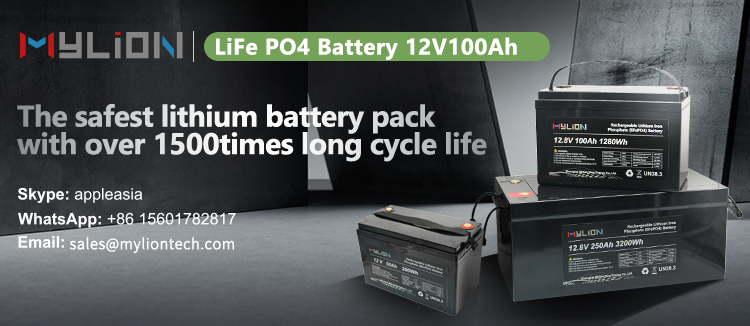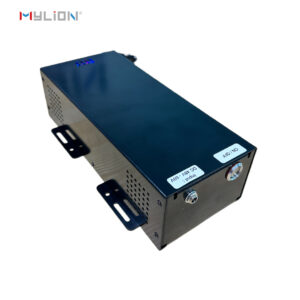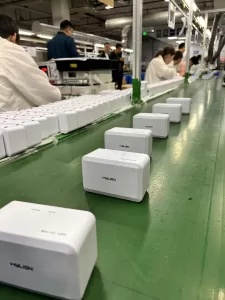An uninterruptible power supply (UPS), also known as a batería de respaldo, provides backup power when your regular power source fail or voltage drops to an unacceptable level. A UPS allows for the safe, orderly shutdown of a computer and connected equipment. The size and design of a UPS determine how long it will supply power.
Unión Postal Universal Topologies
Different UPS topologies provide specific levels of power protection. A Cyber Power UPS will belong to one of these three topologies: standby, line interactive, and double-conversion.
Standby is the most basic UPS topology. A standby UPS resorts to battery backup power in the event of common power problems such as a blackout, voltage sag, or voltage surge. When incoming utility power drops below or surges above safe voltage levels, the UPS switches to DC battery power and then inverts it to AC power to run connected equipment. These models are designed for consumer electronics, entry-level computers, POS systems, security systems, and other basic electronic equipment.
A line interactive UPS incorporates technology which allows it to correct minor power fluctuations (under-voltages and over voltages) without switching to battery. This type of UPS has an autotransformer that regulates low voltages (e.g., brownouts) and over voltages (e.g., swells) without having to switch to battery. Line interactive UPS models are typically used for consumer electronics, PCs, gaming systems, home theater electronics, network equipment, and entry-to-mid-range servers. They provide power during such events as a blackout, voltage sag, voltage surge, or over-voltage.
A double-conversion (online) UPS provides consistent, clean, and near perfect power regardless of the condition of incoming power. This UPS converts incoming AC power to DC, and then back to AC. UPS systems with this technology operate on isolated DC power 100 percent of the time and have a zero transfer time because they never need to switch to DC power. Double-conversion UPS systems are designed to protect mission-critical IT equipment, data center installations, high-end servers, large telecom installations and storage applications, and advanced network equipment from damage caused by a power blackout, voltage sag, voltage surge, over voltage, voltage spike, frequency noise, frequency variation, or harmonic distortion.
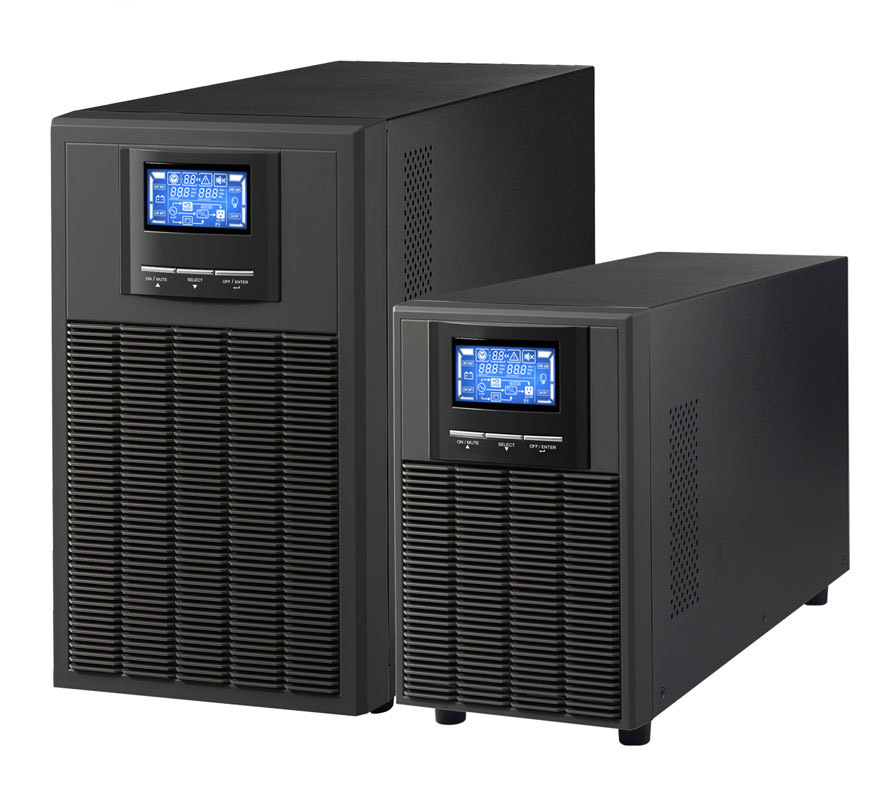
UPS output waveforms
CyberPower UPS systems have either sine wave or simulated sine wave output, depending upon the model.
Sine wave output: The highest quality waveform output is sine wave, which is a smooth, repetitive oscillation of AC power. Enterprise-level UPS systems produce sine wave power to operate sensitive electronic equipment. Sine wave output ensures that equipment utilizing Active PFC power supplies do not shut down when switching from utility power to battery power.
Simulated sine wave output: An approximated sine wave output waveform. It uses pulse wave modulation to generate a stepped, approximated sine wave to supply more cost-effective battery backup power for equipment that does not require sine wave output. The technology used to produce this type of power output is less expensive to manufacture and is common in standby and line interactive UPS systems.
The traditional UPS always use the lead acid battery as backup, it is heavy, big volume, not easy to move it. Now some new smart mini-sups de corriente continua come into the market, they use the lithium ion battery as backup, make the Mini UPS to small, light and portable, of cause it normally used for the small power electronics, for example, 5v 12v small device. Mylion battery produced a series smart Mini UPS with CE FCC Certification, many telecom company used it with Router, CPE, ONT etc., can fix the 12V Mini UPS to anywhere they want, very convenient and portable, let people’s life become smart.
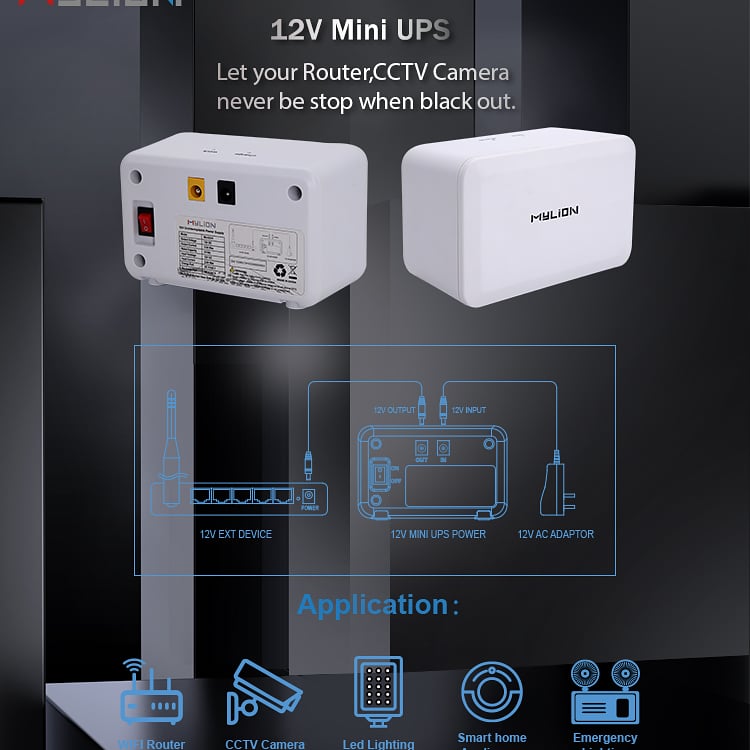
And also, many traditional UPS also start use the batería de litio as backup instead of the lead acid battery, let the UPS become smaller and lighter than the traditional one also.
